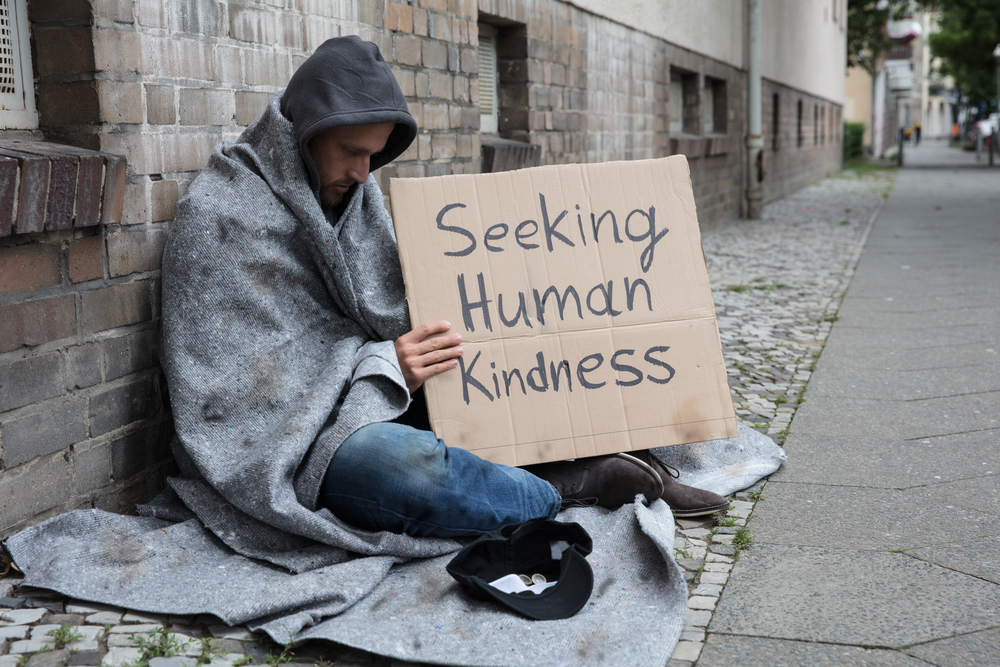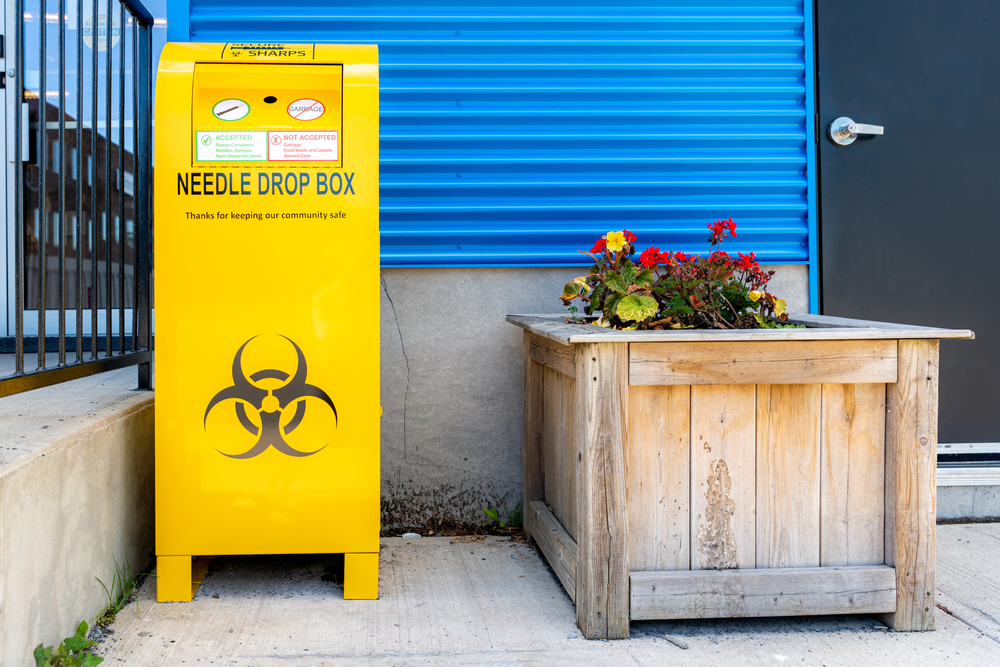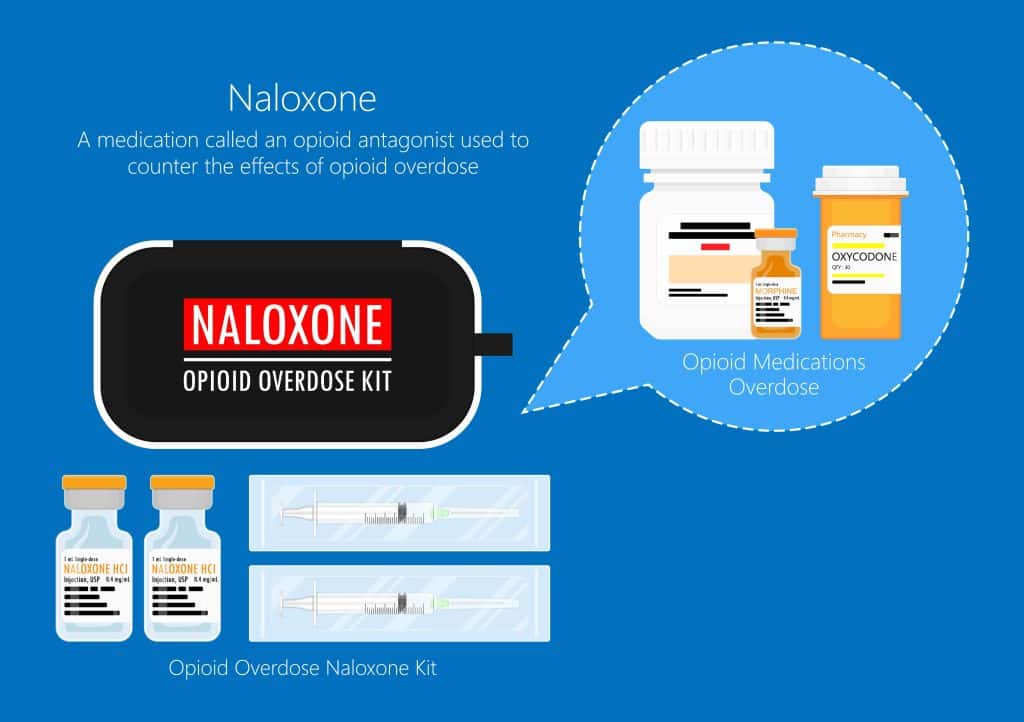


In recent years, there has been a growing movement in the United States to adopt harm reduction strategies when it comes to drug addiction and overdose. Harm reduction is a public health approach that focuses on reducing the negative consequences of risky behaviors rather than on eliminating the behaviors themselves. Proponents of harm reduction argue that this approach is more realistic and effective than traditional approaches that focus on abstinence.
There is some evidence to support this claim. For example, a study of needle exchange programs in the United States found that these programs were associated with lower rates of HIV/HSV infections among injection drug users. Another study by SAMHSA notes that these programs save lives by being accessible and available in a way that underlines the need for compassion and humility toward people who use drugs.

SAMHSA adds that harm reduction programs provide access to treatment, social services, and health care. They reduce chronic diseases such as HIV/HCV, overdose deaths, and acute life-threatening infections related to unsterile drug injection.
However, it is important to note that harm reduction efforts alone are not enough to address the underlying causes of addiction; they must be part of a comprehensive strategy that includes prevention, treatment, and recovery services. Nevertheless, harm reduction programs can play an important role in saving lives and reducing the harms associated with drug use.
Harm reduction is a public health approach that seeks to minimize the harms associated with harmful behaviors. It is rooted in the belief that people have the right to make their own choices about their health and well-being and that everyone has the potential to reduce the harms they experience.
Harm reduction approaches provide a non-judgmental way to connect people with services and support. By focusing on reducing harm rather than on eliminating risk, harm reduction provides a more realistic and achievable goal for many people. As a result, it has the potential to improve individual and population health outcomes. The principles of harm reduction include:
· Respect for autonomy: People should be free to choose their health and well-being without coercion or judgment.
· Meeting people where they are: Services and support should be tailored to meet the needs of each individual, based on their unique circumstances.
· Harm reduction is not abstinence: The focus is on reducing harm, not eliminating all risk.
· Harm reduction is pragmatic: It recognizes that people will engage in risky behaviors and seeks to minimize the associated harm.
· Harm reduction is evidence-based: It is based on the best available evidence rather than ideology. Harm Reduction Programs and Services A variety of harm reduction strategies can be employed to achieve the goals.
Needle exchange programs provide clean needles and syringes to people who inject drugs to reduce the risk of HIV, AIDS and other blood-borne diseases. These programs also provide other services such as counseling, referrals to addiction treatment and recovery services, and access to naloxone, a medication that can reverse an opioid overdose.
Nearly three-decade of research has shown that these programs were associated with lower rates of HIV, hepatitis, and other infections. The research also found that SSP users are 5x more likely to enter drug treatment and about 3x more likely to stop using drugs than those who don't use the programs.

Fentanyl strips test for the presence of fentanyl in drugs. Fentanyl is a powerful synthetic opioid that is up to 100 times more potent than heroin. It is often mixed with other drugs without the user's knowledge, which can lead to accidental overdoses.
Drug checking with fentanyl strips can reduce this. The US government has funded states and localities to purchase fentanyl strips as a harm reduction measure. The strips can be used to test drugs for the presence of fentanyl, which can help users make informed decisions about whether or not to use them.
Safer consumption spaces are places where people can consume drugs under the supervision of trained staff. These spaces can provide various services, including access to clean needles and syringes, naloxone, counseling, and referrals to addiction treatment and recovery services. They also educate individuals on how to reduce substance use and drug-related harm and curb the spread of infectious diseases. Today, over 66 safe consumption spaces are operating with the approval of law enforcement worldwide, including in Europe, Canada, and Australia.
Opioid overdose reversal treatments, such as Narcan® or naloxone, can save lives by reversing the effects of an opioid overdose. Naloxone is a medication that can be administered by injection or nasal spray, and it is available without a prescription in many states. Many states have implemented standing orders programs, which allow health care providers to prescribe naloxone to people who may be at risk of overdosing. The drugs can also be issued to friends and family members of people who use opioids.

Know Your Source is a harm reduction program in Vancouver, Canada, that provides information about the purity and potency of drugs to users. The program also encourages users to inject slowly, use in the presence of a sober friend and be aware of the early signs of overdose and how to use naloxone.
Medication-assisted treatment (MAT) is a harm reduction approach that combines behavioral therapy with medications to treat substance use disorders. MAT is used to treat opioid addiction and effectively reduces the risk of overdose and death.
These are just a few examples of harm reduction programs and services that can be employed to reduce the risks associated with substance use. Many other harm reduction strategies can be used, and the best approach will vary depending on the community's needs. If you or someone you know is struggling with substance use, resources are available to help. Treatment and recovery services can provide the support you need to overcome addiction and build a healthier, happier life.


